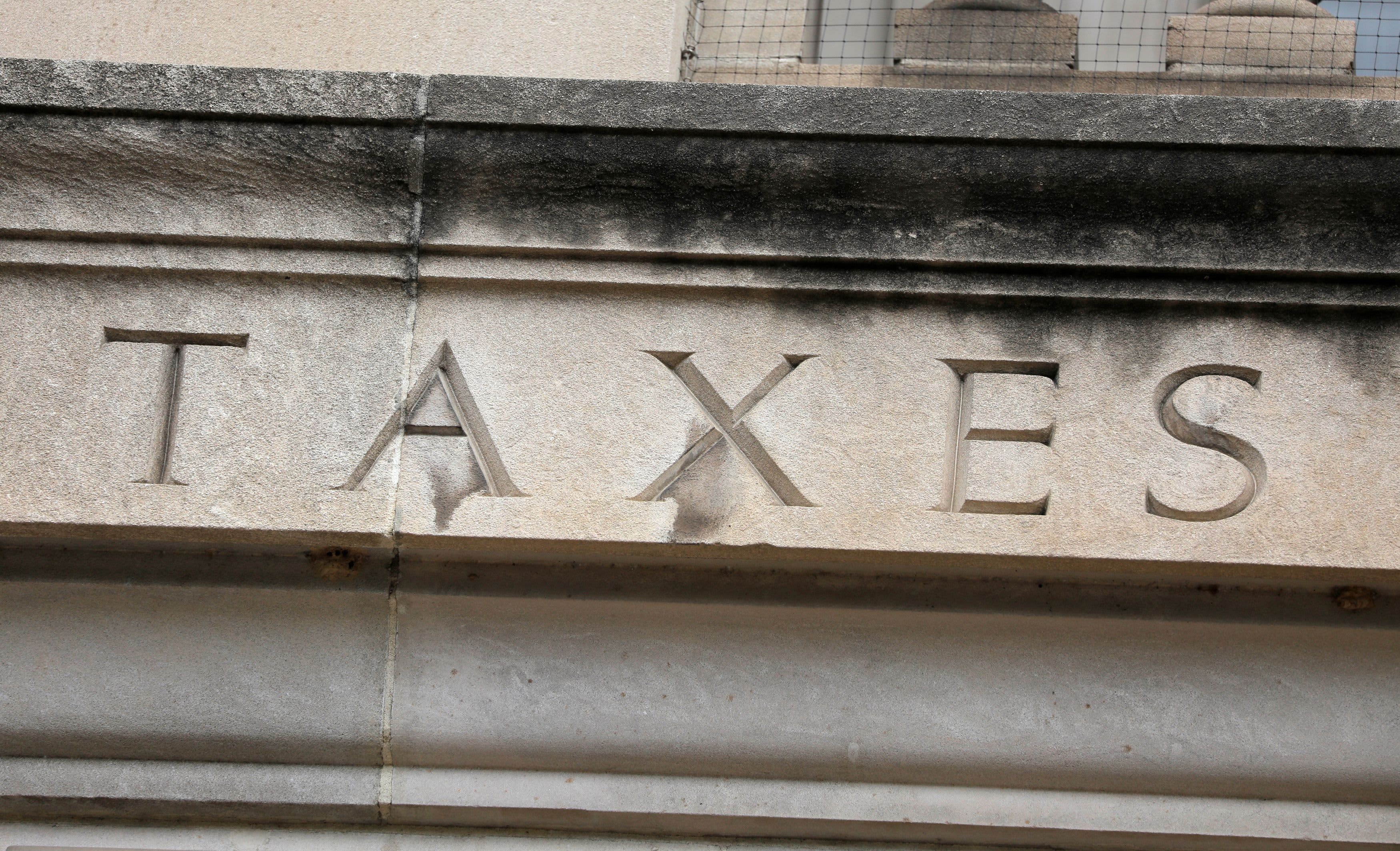There’s an important deadline approaching for the self-employed, small business owners, gig economy workers, investors and other filers on Sept. 15.
Because income taxes are pay-as-you-go, filers without withholdings must make estimated payments four times every year, and Sept. 15 is the last call for the third quarter.
Someone with an adjusted gross income below $150,000 may avoid penalties by handing over at least 90% of their 2021 taxes or 100% of 2020 levies by each quarterly deadline, including Sept. 15, 2021, and Jan. 18, 2022.
“This, of course, is merely an estimate as the year is still ongoing,” said Thomas Scanlon, certified financial planner and certified public accountant at Raymond James in Manchester, Connecticut.
The pandemic negatively affected millions of Americans’ livelihoods in 2020, so it’s possible paying 100% of last year’s taxes won’t be enough to cover liability for 2021.
More from Personal Finance:
IRS had a backlog of nearly 8 million paper business tax returns in 2020 due to pandemic
Democrats eye reforms to Trump tax break for businesses
Here are some strategies to pay off that big credit card debt
Those looking for a more accurate number may use the estimated tax worksheet, with detailed instructions in Publication 505. However, it’s a multi-step calculation, and some filers may prefer working with a tax professional.
Filers can make quarterly estimated payments by mail, online, by phone or via the IRS2Go mobile app. Scanlon suggests sending it by certified mail a few days early with a return receipt request. “Proof of mailing is important,” he said.
However, if someone can’t afford to make quarterly tax payments, they still will owe the balance at tax time.
“You’re going to pay what you owe plus some interest when you file, which is somewhere in the 3% to 4% range right now,” said Eric Bronnenkant, a CFP and CPA at Betterment, a digital investment advisor.
While the fees are higher than the average savings interest rates, it’s still lower than the rate for personal loans or credit cards, he said.
Personal loan rates may range from 3.99% to 35.99%, Nerdwallet reports, and the average credit card rate is currently 16.22%, according to CreditCards.com.
“Sometimes people make active choices to not make estimated payments because of the relatively low interest rate as compared to other sources of lending,” Bronnenkant said.
Hurricane Ida tax relief
Hurricane Ida victims may postpone quarterly estimated tax payments until Jan. 3, according to the IRS.
To qualify, someone must live in an area designated for individual or public assistance by the Federal Emergency Management Agency. Currently, this includes Louisiana residents, and may also apply to other “taxpayers in Ida-impacted localities.”
Moreover, some affected taxpayers may automatically receive penalty relief, provided they have an IRS address of record in a disaster area.
Although victims don’t need to contact the IRS for relief, they may still receive a late payment notice. If that happens, the IRS suggests calling the number provided to have the fee waived.
